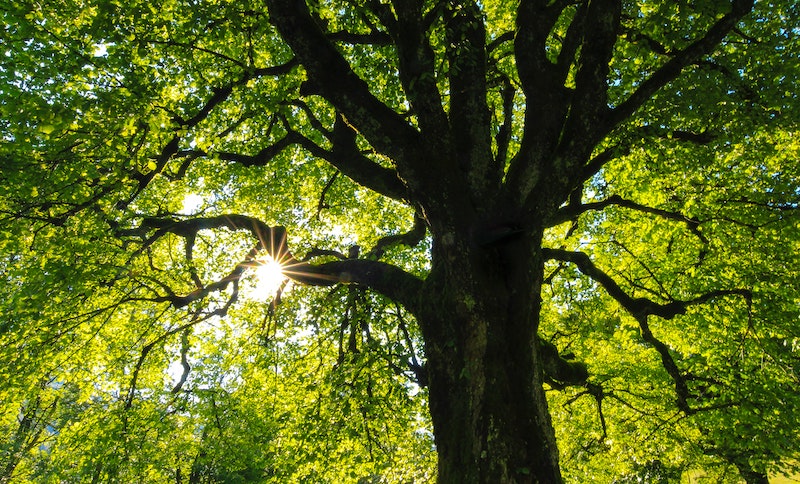
18 May Midwest Tree Landscaping Ideas
Thinking back to last August, I think we can all remember where we were when the derecho blew through our community. The storm wiped out approximately 2/3 of our tree canopy, and many homeowners have yet to replace what was lost.
Trees are a big investment, and you want to ensure that your choices look aesthetically pleasing, but also will thrive here. If you lost trees during the derecho, or if you simply need some landscaping inspiration, here is a list of tough trees that work well in the Midwest climate.
Crab Apple:
Crab Apple trees are very easy to grow, and they are gorgeous! Look for a variety like Adirondack that has smaller fruits and will make less of a mess when they fall off. You get a beautiful array of colors from this species with white flowers in spring, rich green leaves and orangey-red fruits in the fall.
Japanese Tree Lilac:
If you’re in need of an accent plant, Japanese Tree Lilac is a great choice. The flowers are a lovely creamy white color after the lilacs have faded in early summer. And in winter, the rich red bark is stunning against a snowy landscape. These trees are low-maintenance too, making them a great choice for those who prefer limited pruning.
Pagoda Dogwood:
Northern landscapes love the Pagoda Dogwood, and you will too if you are in search of both height and spread. The clusters of white flowers are so fragrant during the spring, and they give way to wonderful blue fruits and then a vibrant purple color in the fall.
Korean Fir:
If you’re looking for a coniferous species, consider the Korean Fir with its unique pyramidal shape and ornamental cones. They can add an air of architecture to your landscaping, and their green needles with vivid white undersides create almost a flocked look. These trees can grow to 30 feet with a 20-foot width, so ensure you have the proper amount of space.
Serviceberry:
If you’re looking for a species that will wow in all four seasons, the Serviceberry may be just what you’re looking for. They have fabulous spring flowers, edible berries, ornamental gray bark, and they erupt into incredible shades in the fall. These trees adapt really well and are free from insect issues or serious diseases.
Dwarf Chinkapin Oak:
Not everyone wants a giant oak tree, and if you fall into this camp, consider the Dwarf Chinkapin Oak. They grow to approximately 15 feet in height, but you still get all of the wonder of a traditional oak tree, including explosive fall colors of bright orange and red leaves.
Black Gum:
Another winner in the fall, Black Gum is a slow-growing tree that you will also see called Black Tupelo or Sour Gum. These trees get very big, between 30-50 feet tall, in fact. They can also achieve up to a 30-foot spread. You can look forward to glossy yellow, orange and red leaves in the fall.
If you are interested in building a custom home in the Marion, Cedar Rapids or Iowa City area, please contact us at Dahl Custom Homes! We are experts at custom home construction and would love to help you build the home of your dreams.

Sorry, the comment form is closed at this time.